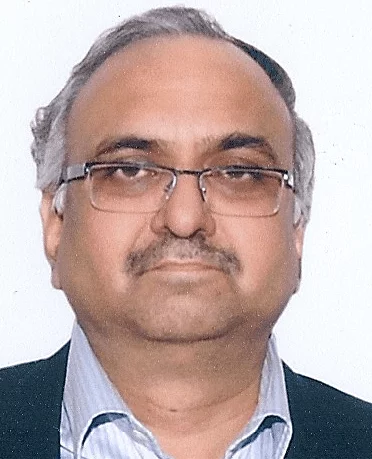
The year 2015 saw service providers charting out their strategies around Wi-Fi and Tata Teleservices was one such company which went aggressive in offering Wi-Fi services across top airports, leading hotels, retail spaces, cafes across the country. In an interaction with Sunil Tandon, Head – Non Voice Services, Tata Teleservices, TT learnt about its Wi-Fi plans moving ahead.
Question: Tata Docomo has been very active when it comes to offering Wi-Fi services across top airports in the country along with leading hotels, retail spaces, cafes and popular places. How do you see the evolvement of Wi-Fi in the past few years or, in other others, which are the key factors driving Wi-Fi?
Answer: Data is the main driving factor for growth in the industry today. With the changing trend, the requirement for constant data connectivity on-the-go is a critical offering for consumers.
A recent study by iPass suggests that there were 47.7 million public hotspots worldwide by the end of 2014 and that over the next four years this number is set to reach 340 million; that’s equivalent to one Wi-Fi hotspot for every 20 people on earth.
The whole data story in our view is in a nascent stage in our country. There is enough and more headroom available in terms of growth. The number of customers can only go northward from here and within that the average MB or GB of data consumed by the users can only go upwards. There are many drivers for it like relevant applications, ease of usage, etc.
We believe that the ecosystem plays in favour of Wi-Fi. Almost all the smartphones today have Wi-Fi built in.
Question: Could you please share with us some of your plans to expand Wi-Fi footprint...
Answer: We have already made Wi-Fi services available across heavy footfall areas and are now expanding services across the top Indian cities to increase the revenue from data services in the country.
We are adding more hotspots across airports, hotels, malls, retail chains, fast-food chains, educational institutes and cafes across these cities. Some of our recent Wi-Fi installations include the Trivandrum and Goa international airports.
Question: What is the revenue model of Tata Docomo’s public Wi-Fi?
Answer: One of the key tenets of any pubic hotspot is that it should be self-sustainable. As a result, apart from the traditional revenue generation models, Tata Docomo is also exploring alternative revenue streams.
Wi-Fi has great potential in the future. With the changing trends, the requirement for constant data connectivity on-the-go is a critical offering for consumers.
With millennials forming a majority of the population, their dependence on mobile devices as the number one information source for receiving (and sharing) everything - from current affairs to celebrity gossip - has increased exponentially; and public spaces have become fundamental to this trend.
Moreover, with Wi-Fi airwaves being freely available, public Wi-Fi is an alternate proposition for connecting to the internet. The advantages of using Wi-Fi services are many – Faster speeds and stable and seamless connectivity during heavy data sessions.
With over 36 million smartphone users across India, the acceptance and need for public Wi-Fi services in India is showing a steady rise and is set to explode in the coming years. Public Wi-Fi services will enable a large number of users to connect to the internet simultaneously while maintaining consistent speeds and quality which may not be possible with 2G or 3G.
Present in high data centric clusters that see a large amount of data traffic, public Wi-Fi services have to guarantee consistent signal strength across the coverage area while maintaining adequate safety measures for both the users and the network.
Question: Please tell us something about the recent developments in the public Wi-Fi space...
Answer: The space has become quite exciting as Public Wi-Fi systems are set to play a very important role in the Digital India mission. Connectivity is the first step to the success of digital India and public Wi-Fi can provide the first taste of online and digital services to many consumers.
Question: How the last mile connectivity could be made possible with Wi-Fi?
Answer: There are two most important pre-requisites in providing public Wi-Fi services: a) Ease of connection and b) quality of service.
Ease of connectivity refers to the number of steps that a customer has to take to connect to Wi-Fi. Towards that, we have simplified the entire process to enable customers’ quick and effective entry into Wi-Fi.
As for QoS, throughput is one of the main measures of QoS in addition to latency and jitter.
The throughput speed has to be of a certain minimum threshold level to satisfy customers, which in our assessment can today be provided only through a fixed line backhaul or fiber backhaul.
The last mile fiber availability in our country needs to go up. It’s an issue that needs to be addressed. Service provider has to pull the fiber from the nearest point to the hotspot location and that involves certain clearances with the various civic bodies and so on and so forth.
So the physicality of doing the work is one aspect of the challenge. Secondly, since the bandwidth is unlicensed, we have to continuously optimize the radio network to deliver uninterrupted high speed internet speed.
Tata Docomo is working towards this, we are working tirelessly to deliver the last mile connectivity and provide seamless APs and authentication process for faster and bigger networks and data access.















